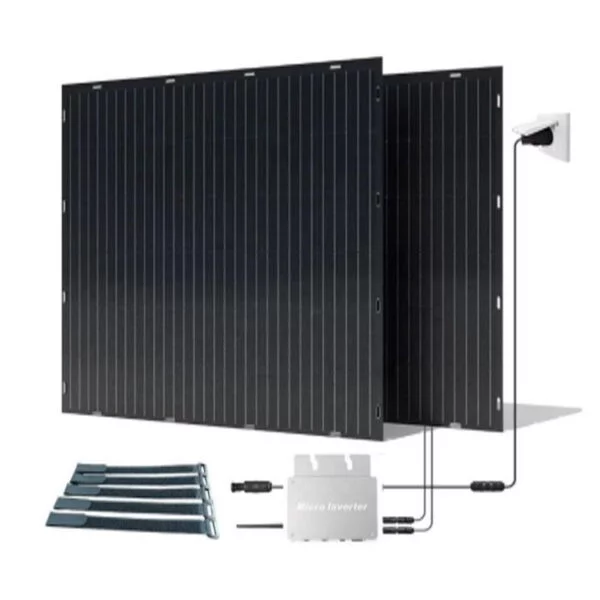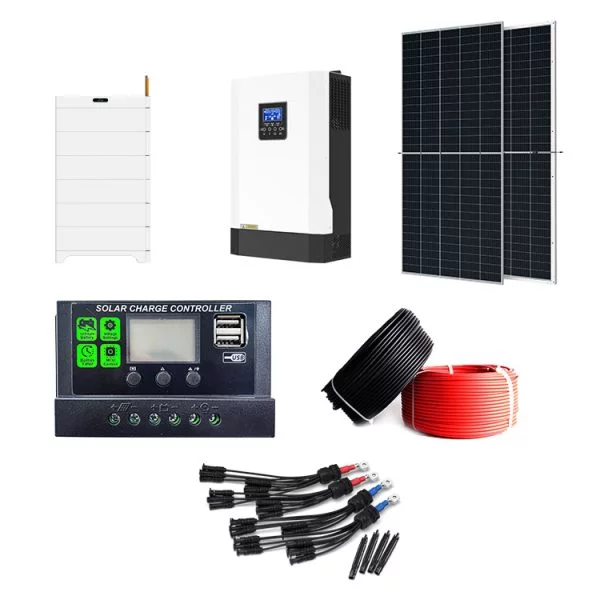HOT PRODUCT
Product Details
The Science Behind 160w Folding Solar Kits: How They Generate Power
Title: The Science Behind 160W Folding Solar Kits: How They Generate Power
Introduction:
Solar energy is one of the fastest-growing renewable energy sources worldwide, offering an eco-friendly and sustainable alternative to traditional electricity generation. One of the most convenient and efficient tools for harnessing solar power is the 160W folding solar kit. In this article, we will delve into the science behind these kits, understanding how they generate power and contribute to a greener future.
1. Photovoltaic Effect:
The core principle behind the operation of folding solar kits is the photovoltaic (PV) effect. This phenomenon enables the conversion of sunlight directly into electricity using semiconducting materials, typically silicon-based solar cells. When photons from sunlight strike these cells, they excite the electrons in the atoms, causing them to be set into motion.
2. Structure and Components:
A typical 160W folding solar kit consists of multiple solar panels, usually made up of interconnected solar cells, housed within a foldable frame. These panels are responsible for capturing sunlight and converting it into electrical energy. The solar cells themselves are sandwiched between protective layers, ensuring durability and efficiency.
3. Sunlight Absorption:
As the folding solar kit is set up, the solar panels are angled to maximize exposure to sunlight. The photons in sunlight carry energy, and when they strike the surface of the solar cells, this energy is transferred to the electrons, liberating them from their atoms. This process creates an imbalance of charge within the silicon material, setting the stage for harnessing electricity.

4. Electron Motion and Electrical Current:
The photons’ energy creates an electric field within the solar cells, which pushes the freed electrons towards one side of the material, typically known as the negative or N-type layer. This movement forms the basis of an electrical current. The electrons flow through conductive metal contact points present in the solar cells, forming a complete circuit.
5. Energy Conversion and Storage:

To utilize the electricity generated by the folding solar kit, an inverter is often employed. The DC (direct current) power produced by the solar cells is converted into AC (alternating current) power, which is suitable for powering devices and feeding into the electrical grid. If powering devices directly, the electricity can be used immediately. Alternatively, excess energy can be stored in batteries for future use when sunlight is unavailable.
6. Efficiency and Output:
The efficiency of folding solar kits is determined by various factors, including the quality of the solar cells, the angle of the panels towards the sun, and environmental conditions such as shading and temperature. Higher-quality solar cells can convert a greater percentage of sunlight into electricity, increasing overall efficiency and output.
Conclusion:

Folding solar kits, such as the 160W variant, provide a practical and portable solution for harnessing solar power. By understanding the science behind their operation, we can appreciate how sunlight is converted into electrical energy through the photovoltaic effect. As more people adopt solar energy solutions, these folding solar kits play a crucial role in reducing reliance on traditional energy sources, mitigating environmental impact, and striving towards a greener, more sustainable future.




